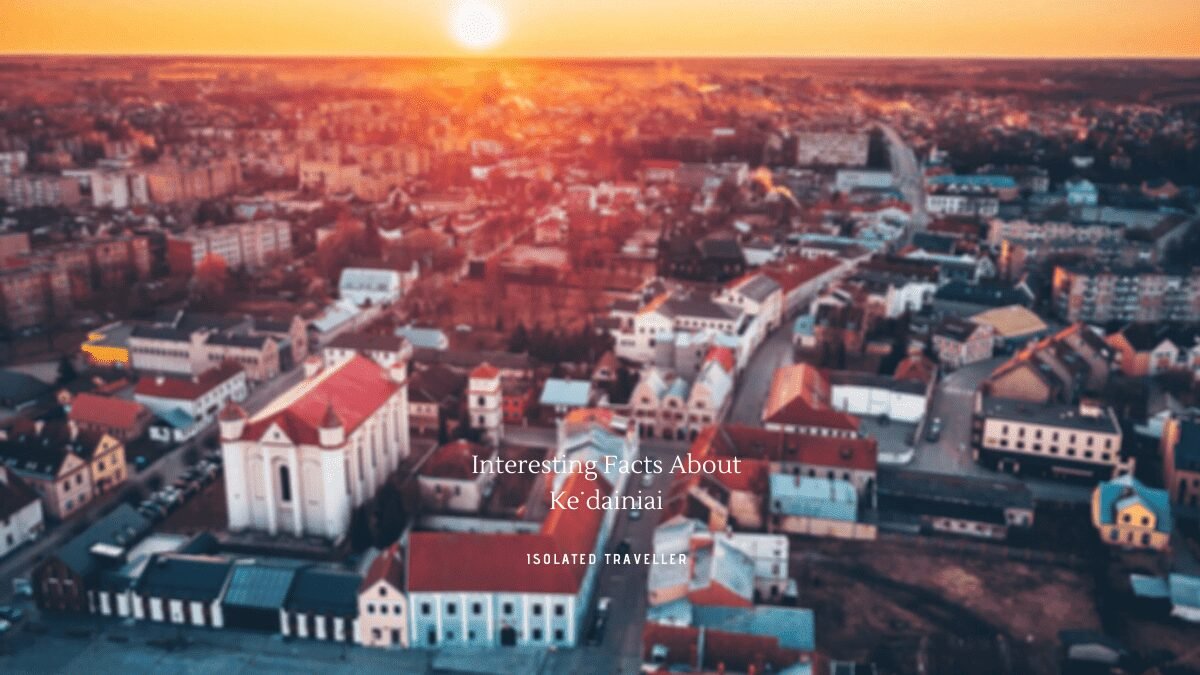Facts About Kėdainiai
-
Kėdainiai is one of the oldest cities in Lithuania.
-
Kėdainiai was First mentioned in the 1372 Livonian Chronicle of Hermann de Wartberge,
-
The population of Kėdainiai is 23,667 as of 2020.
-
The old town of Kėdainiai dates to the 17th century.
-
The city is the administrative centre of the Kėdainiai District Municipality.
-
Kėdainiai other alternate forms include Kidan, Kaidan, Keidany, Keydan, Kiedamjzeÿ, Kuidany, and Kidainiai.
-
Since the city is known as the cucumber capital of Lithuania, it sponsors an annual cucumber festival.
-
Kėdainiai is twinned with: Brodnica, Poland; Fălticeni, Romania; Kohtla-Järve, Estonia; Łobez, Poland; Melitopol, Ukraine; Rostov, Russia; Sömmerda, Germany; Sweden Svalöv, Sweden; Telavi, Georgia; Vawkavysk, Belarus & Zelenogradsk, Russia
-
The Kėdainiai Regional Museum, established in 1922, now operates four branches: a Multicultural Centre, the Mausoleum of the Dukes Radziwill, the House of Juozas Paukštelis, and the Museum of Wooden Sculptures of V.Ulevičius.
-
The area was the site of several battles during “The Deluge”, the 17th-century war between the Polish-Lithuanian Commonwealth and Sweden.


